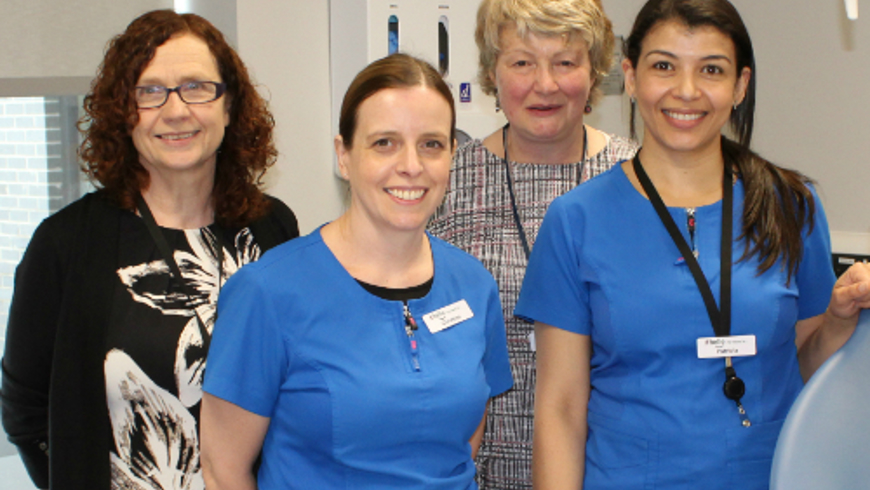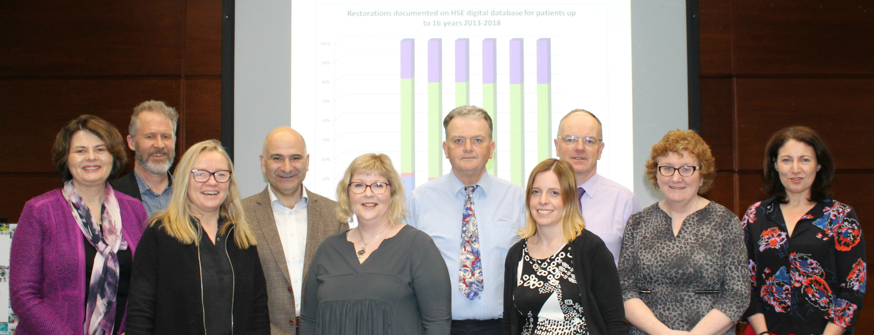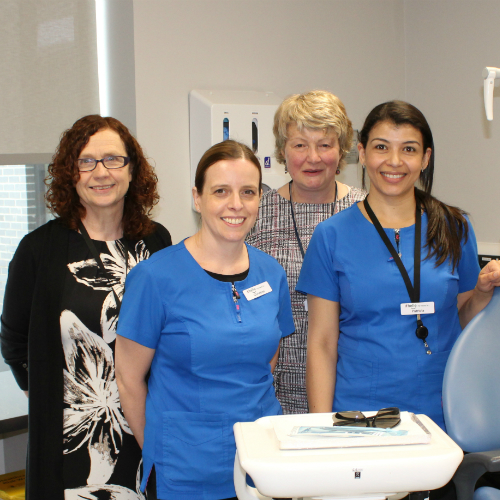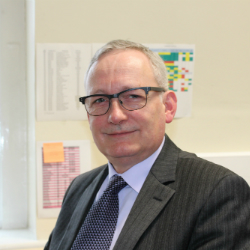
HSE National Dental Record and Information System
HSE Primary Care dental staff now have access to fully digitised dental treatment records for all of their patients following the completion of a nationwide rollout of the HSE National Dental Record and Information System. The system is now live in 221 locations in 26 counties, holds more than 873,965 patient charts and has contributions from over 750 staff.
The national roll-out of the e-health ‘Software of Excellence’ tool was completed by the HSE’s Office of the Chief Information Officer’s Oral Health IT project team. It has been designed to document the dental care provided in the HSE to patients using the service. The creation of an associated reporting tool enables next day reporting on the data within the system. Fully digitised dental treatment records for patients are now available and since March 2019 are accessible to HSE dentists all over the country. It allows HSE dentists and staff to better manage appointments and to offer them quicker to other patients when cancellations occur. Now patient records are readily accessible, in a fully GDPR compliant manner, to HSE dentists thereby potentially improving outcomes with faster interventions.

Frances O Callaghan PDS CHO 6, Joe O Connor PDS CHO 2, Rosarii Mc Cafferty PDS CHO 9, Nader Favardin Assistant National Oral Health Lead, Anne O Neill Assistant National Oral Health Lead, Fergal Connolly PDS CHO 1, Christine Myers PDS CHO 9, Padraig Creedon PDS CHO 5, Marie Tuohy PDS CHO 5, Myra Herlihy Assistant National Oral Health Lead
Patients will benefit hugely
Oral Health Lead Anne O’Neill describes this as a positive story about the digitisation of the service. She says: ‘‘HSE staff met the challenge around getting this system in place really well. This is a big tool with a lot of potential. It will be used to monitor and analyse nationwide data including the measurement of the effectiveness of treatments on patients. These patients, who are largely made up of children under the age of 16 and special needs patients will benefit hugely from the results. Analyses of large scale data sets can predict future needs and help to focus resources to where there is a greater need. I believe monitoring treatment and outcome trends will help determine oral health policy in the future.’’
Anne O’Neill added, “I have to acknowledge the role of our HSE primary care dental staff in meeting the digitisation challenge of getting this system in place; it was really great to see the level of support they gave each other and how enthusiastic they were about being better able to access and organise their clinics. Also, a special thanks to our colleagues in the Office of the CIO – those working on servers, Data Communications, Service Desk, TLOs and, in particular, the members of the Project Team; Maureen Bruen, Breda Cagney, Justin McGoldrick & Brian Manning who are currently exploring potential solutions to seamlessly integrate Digital Imaging with SOEL Health.“
Faster access to records

Deirdre O’Neill, senior dental nurse, Coolock Primary Care Centre, Dr Christine Myers,
HSE principal dental surgeon, Coolock; Dr Marian Ryan, senior dentist;
and dental nurse Patricia Silva
Dr Christine Myers, HSE Principal Dental Surgeon in Coolock Primary Care Centre in Dublin 5, said "If a patient is coming to us in Coolock from another health centre then we can access their chart electronically very quickly. This is particularly handy if you have an emergency case in early on a Monday morning which does happen."
Building blocks to development of EHR

HSE ICT Delivery director for Community Care, Alan Price
HSE ICT Delivery director for Community Care, Alan Price said, “Having fully digitised dental treatment records brings many benefits for patients and for HSE staff. On the ground, surgeries will benefit from a leaner appointments process, due to the digitisation of consultation scheduling. This will reduce the number of voids in appointments by making cancelled time easily visible in the schedule. “As this is a single national system, if a patient moves from one dentist or geographical area to another, the dental record will follow the patient. This system also provides one of the building blocks that will lead to the development of a patient’s national Electronic Health Record. I want to acknowledge the hard work and dedication of the team involved in this project. IT staff worked closely with dentists, nurses, hygienists and other staff on this project which will make a real difference.”
